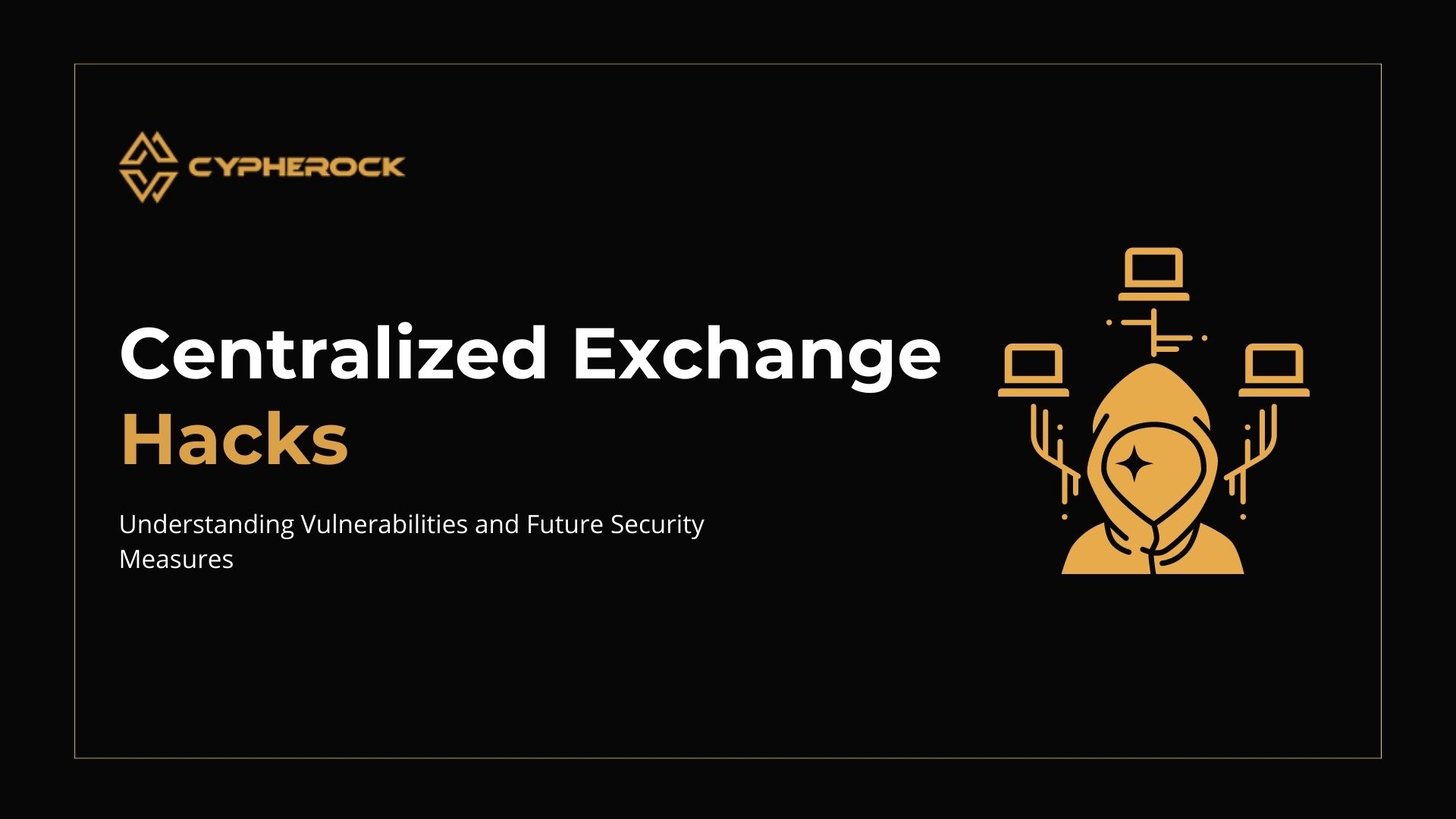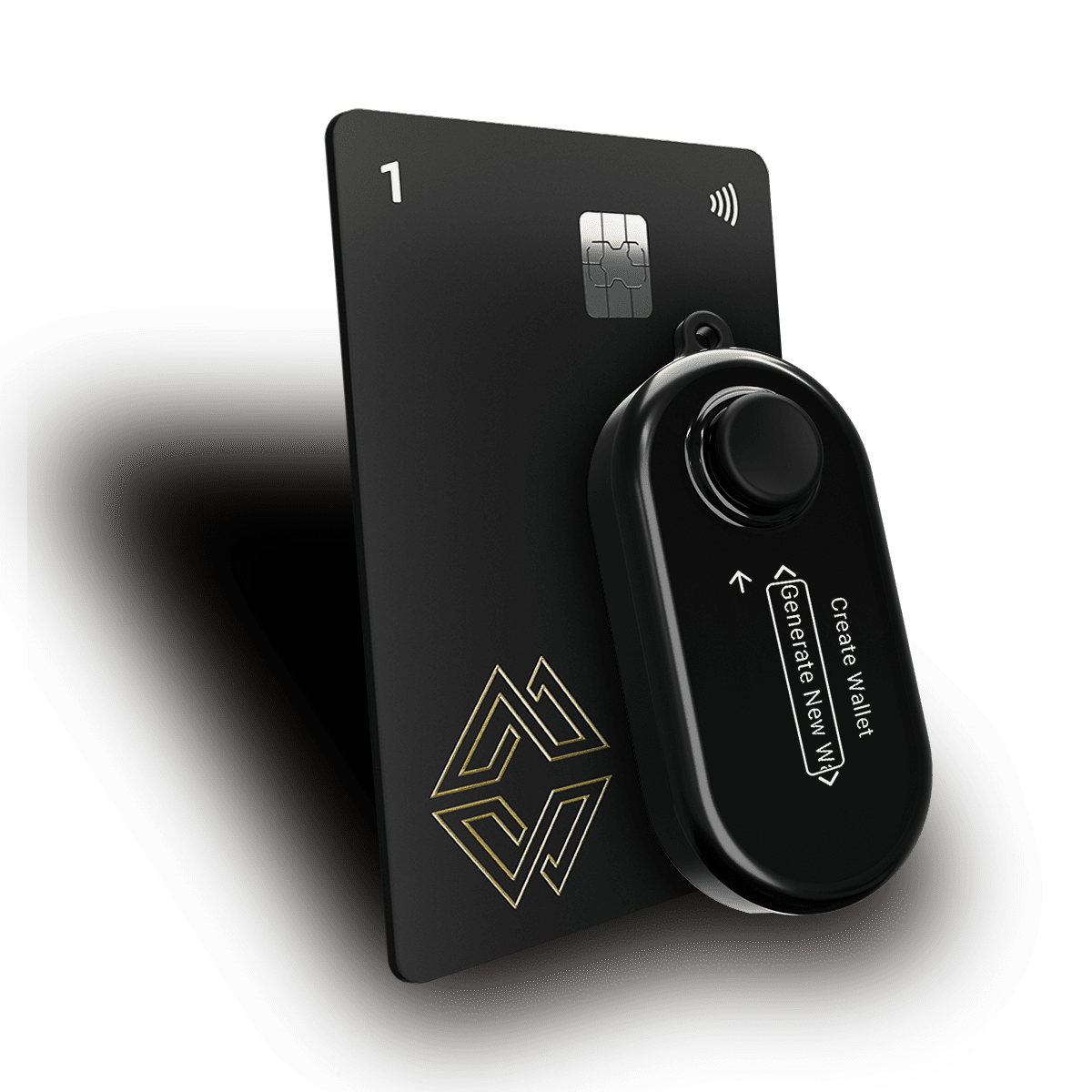

Have you ever thought about the security of centralized exchanges and how secure your money is? Centralized exchanges make it easy to buy, sell, and trade cryptocurrencies. However, this convenience comes with risks.
In recent years, several high-profile hacks have exposed the vulnerability of centralized exchanges. These breaches have led to significant losses for users.
Understanding these risks and how to protect yourself can safeguard your hard-earned assets. Learning about exchange security helps you make better choices in managing your cryptocurrency.
This article reviews the current state of centralized exchange security. It highlights major exchange hacks and the lessons they teach.
We’ll share practical tips to help you stay protected. We’ll also look at recent security improvements and how regulations work to make these platforms safer.
Using a centralized crypto exchange simplifies transactions. However, it means you must trust the platform to secure your funds.
These exchanges act like banks, managing your cryptocurrency for you. However, this convenience carries risks. Since centralized exchanges hold large amounts of cryptocurrency, they attract hackers.
The security of centralized crypto exchanges is a major concern. Several have been hacked, resulting in millions of dollars lost. Many exchanges store large funds in one location, making them vulnerable. While some have improved their security, they remain weak points in the crypto industry.
Several major breaches and collapses have exposed weaknesses in centralized cryptocurrency exchanges. Below are some of the most notable hacks:
The first big crypto hack happened in 2011 when Mt. Gox, a popular exchange, lost 25,000 Bitcoins, worth about $400,000 at the time. Back then, Mt. Gox handled 70% of all Bitcoin transactions.
In 2014, Mt. Gox was hacked again. This time, it lost 750,000 Bitcoins, worth $473 million. Investigations showed that the Bitcoins were stolen from the exchange’s hot wallet. Hot wallets are online storage systems that are more vulnerable to attacks.
Bitfinex is a Hong Kong-based crypto exchange founded in 2012. It is owned by iFinex Inc., the company behind the stablecoin Tether. In 2016, hackers stole over $60 million worth of coins from Bitfinex.
After the attack, the exchange tracked some of the stolen funds. Bitfinex issued refunds to customers as equity, sharing the losses equally among users.
In 2019, the U.S. government recovered some of the stolen funds. They identified two Israeli brothers involved in the hack. The brothers were arrested and charged with cybercrimes.
By 2021, it was found that the stolen coins were moving between wallets. Some attackers were likely trying to cash in on Bitcoin’s rising value.
In January 2018, hackers attacked Coincheck, a Japanese crypto exchange. They stole $534 million in crypto, marking the largest crypto attack in history. After the breach, Coincheck froze deposits and withdrawals. The exchange warned it might not cover the losses.
Investigators found that hackers used phishing and malware. This allowed them to access Coincheck's hot wallets and steal funds. By 2021, authorities said many attackers were from high-income backgrounds.
CoinBene, a Singapore-based crypto exchange, is one of the top 10 exchanges by trading volume and serves users in over 192 countries.
In March 2019, CoinBene was hacked, losing over $105 million in cryptocurrencies. Initially, the exchange claimed it was down for maintenance, but further analysis confirmed the theft. The stolen coins were moved across various exchanges, including Binance, and have not yet been recovered.
In November 2022, FTX, a major player in the crypto industry, declared bankruptcy. On the same day, hackers stole over $600 million from its crypto wallets, leaving many users with $0 balances in their FTX.com and FTX US accounts.
FTX confirmed the hack through its Telegram channel, warning users to delete the FTX apps and avoid the site due to potential malware. In 2024, reports revealed that a SIM card swapping ring had accessed an FTX employee’s accounts and stolen millions in crypto.
In 2024, hackers targeted WazirX, a major cryptocurrency exchange. They managed to carry out unauthorized transactions from multi-sig wallets. Despite security measures, around 45% of the exchange’s crypto assets were affected.
The attackers exploited weaknesses in the multi-sig wallet setup. Even with three WazirX signatures and one from Liminal, they bypassed whitelist restrictions. This allowed them to complete their transactions.
These incidents reveal the need for strong security in centralized exchanges. They also show the importance of responsible management. These events highlight the risks of trusting these platforms to keep your crypto assets safe.
Hacks on centralized exchanges have revealed important insights. These incidents show the vulnerabilities of these platforms. They also highlight steps needed to improve security. Here are key lessons learned from past events:
Centralized exchanges act as custodians of user funds, meaning they control your private keys. This centralization makes them attractive targets for hackers. The lesson here is clear: if you don’t hold your private keys, you don’t have full control over your crypto. To avoid this risk, consider using a hardware wallet like Cypherock X1 to store your assets securely.
Many major hacks, like those at Mt. Gox and Coincheck, involved large amounts of funds stored in online (hot) wallets. Hot wallets are more vulnerable to attacks. The lesson is clear: exchanges should use offline (cold) storage. Cold Storage for Cryptocurrency reduces the risk of exposure to hacks and it's a safer choice than hot wallets.
Learn More: Hot wallet vs. Cold Wallet: Which is Best for Your Crypto storage? Explore Now!
Exchanges are responsible for securing their platforms, but users must also take precautions. Hacks show that two-factor authentication (2FA) is essential for account security. Strong passwords and avoiding phishing schemes are also critical. Users should stay informed and follow these practices to reduce risk. Explore our Beginner’s Guide to Crypto Security for password tips, 2FA, and anti-phishing strategies.
Hacks and collapses have exposed gaps in regulatory oversight. Incidents like FTX's collapse showed that exchanges operating without strict regulations can misuse user funds. Greater regulatory measures are necessary to enforce transparency, accountability, and proper security standards.
After the Binance hack, the exchange used its Secure Asset Fund for Users (SAFU) to compensate affected users. This highlights the importance of contingency plans. Exchanges should have insurance funds to cover losses in case of a security breach.
Centralized exchange security has improved. However, users should still take steps to protect their crypto. Here’s how:
Use Strong, Unique Passwords- Create strong, unique passwords for each exchange account. Avoid reusing passwords from other sites. Use a password manager to safely generate and store passwords.
Enable Two-Factor Authentication (2FA)- Enable 2FA on your accounts for added security. This requires a second step (like a code from your phone or an app), making it harder for hackers to access your account, even if they have your password.
Withdraw Funds to a Hardware Wallet – Storing large amounts of crypto on an exchange is risky. The exchange, not you, controls your private keys. Instead, transfer funds to a hardware wallet like Cypherock X1. This wallet offers decentralized key storage, giving you extra security.
Be Aware of Phishing Scams- Hackers use phishing to steal login information. Always check URLs, avoid suspicious links, and be cautious of emails or messages asking for login details or private keys.
Limit the Amount You Store on Exchanges- Only keep what you need for trading on the exchange. Store the rest in a secure wallet. This way, even if an exchange is hacked, your losses are minimal.
Discover Now: Common threats and how to protect your investments.
Centralized cryptocurrency exchanges (CEXs) have strengthened security to protect users' assets and information. These improvements include advanced encryption and multi-factor authentication (MFA). CEXs also conduct regular security audits.
For example, Kraken uses two-factor authentication and keeps most funds in cold storage for strong security.
Regulatory bodies are placing more focus on crypto exchange security. The European Securities and Markets Authority (ESMA) has proposed mandatory cyber defense audits. These audits aim to protect consumers using crypto platforms.
Even with these advancements, users should stay alert and follow best practices to safeguard their assets. Cyber threats are always evolving, so no system can be entirely foolproof.
Government regulations are essential for securing centralized cryptocurrency exchanges. They create a safer environment in a fast-growing and often unstable industry. As crypto gains popularity, high-profile hacks and misuse of funds make regulation necessary.
Agencies like the SEC in the U.S. and ESMA in the EU enforce strict rules. These rules require exchanges to follow secure custody practices, complete audits, and offer insurance to protect users from breaches.
Anti-Money Laundering (AML) and Know Your Customer (KYC) rules also improve security. They require exchanges to verify users and monitor transactions to prevent illegal activities. Groups like the Financial Action Task Force (FATF) set global standards. These standards protect users worldwide.
These regulations don’t just monitor exchanges—they build trust. By enforcing transparency and accountability, they help prevent fund misuse and reassure users that their assets are secure. While some may view these rules as restrictive, they are essential for a safer crypto ecosystem.
Must Explore: Crypto Exchange vs Wallet: What's the Difference?
Centralized crypto exchanges make buying, selling, and trading easier. However, they come with security risks. From the Mt. Gox hack to the FTX collapse, these events have shown the dangers of centralized control. By learning from past incidents, both exchanges and users can improve security.
Exchanges have improved security with tools like cold storage and two-factor authentication. But users also need to protect their assets. This includes using strong passwords, enabling 2FA, and keeping large amounts of crypto in hardware wallets like Cypherock X1.
Government regulations play a growing role in crypto security. Standards like AML, KYC, and audits are creating safer conditions for users. Still, staying informed and alert is essential to protect your investments in the changing crypto world.

If a crypto exchange is hacked, user funds may be stolen, leading to financial losses. Exchanges might halt operations to investigate and, if possible, recover the stolen assets. The impact varies based on the exchange's security measures and response strategies.
If a crypto exchange becomes insolvent or shuts down, users may lose access to their funds. This risk is higher if the exchange lacks safeguards or insurance. It’s important to store significant assets in secure wallets. Avoid leaving large amounts on exchanges.
To verify a crypto exchange's legitimacy:
Yes, crypto exchanges can be traced. Regulated exchanges keep records of transactions and user identities. Authorities can access these records when needed. Blockchain transactions are also publicly traceable. While pseudonymous, they link wallet addresses to transaction data.
Start securing your crypto journey today—visit Cypherock X1 to learn more.
Connect with us:
Twitter: @CypherockWallet
Telegram: Join the Community
